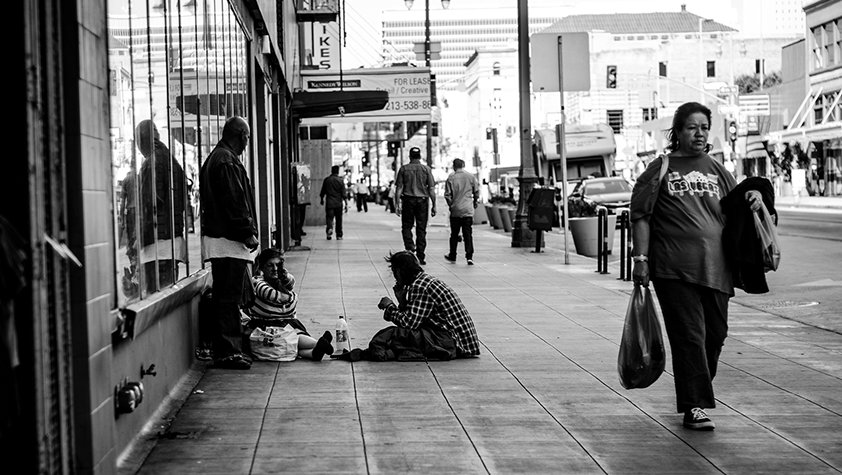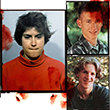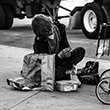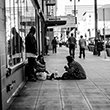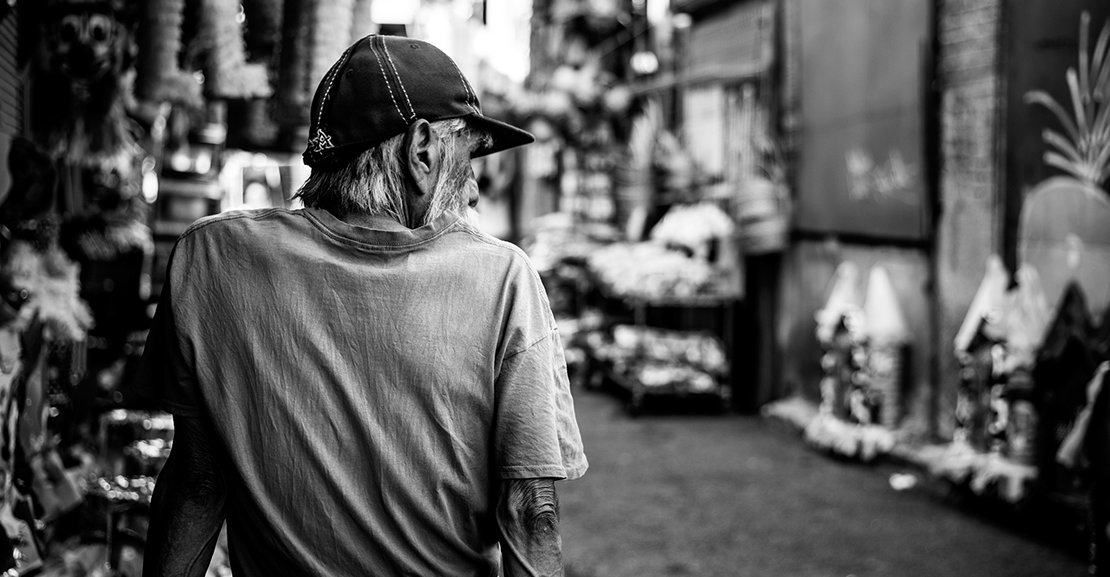Every school morning at 7:45, Michelle stood at the motel room window along Highway 192 in Osceola County and peeked through the heavy, worn drapes. She watched for a group of girls to walk by before she headed out alone to the bus stop. Michelle, a petite 13-year-old, was embarrassed and didn’t want her classmates to know where she lived.
“I feel sad,” she said, referring to her living situation. “I wish we could go home. Mom said we’d be here for a week, but that was four months ago.”
Michelle, her brother, Jason, and mother, Teresa, ended up at the motel after a divorce, and Teresa lost her production job during a regional economic downturn. After Teresa fell behind on the mortgage, the bank foreclosed. The last straw came when Teresa and her abusive alcoholic boyfriend got into an argument and someone called the police.
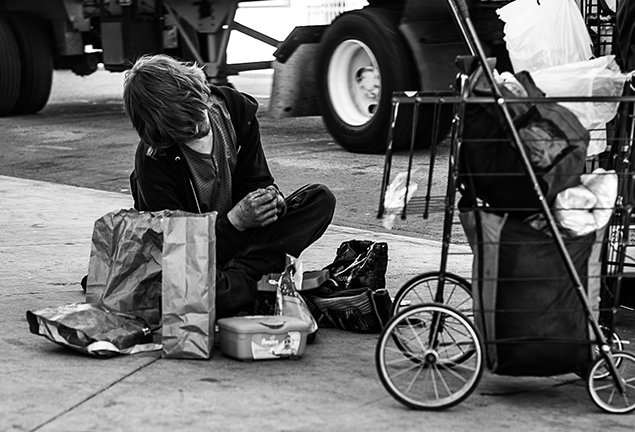
“We got evicted,” Michelle said, shrugging. “Daddy couldn’t take us either because he lost his job, too. He lives with Tonya, his girlfriend. She has issues with us moving in with them.”
That morning, Michelle helped Jason, 7 years old, find clean clothes for school while her mother finished up an all-night shift at a nearby convenience store. She and her brother spend nights alone at the motel.
“At least we have a suite here,” she explained. “We have a refrigerator, sink, three rooms and two doors in between. Our last place was a real dive—toilet clogged up and there were drug addicts and creepers.”
More than 5,000 homeless children currently live in Osceola County, Florida, which has one of the nation’s highest rates of homelessness. One of the key reasons for that is many people in the county who have full-time jobs can’t save enough money to pay the upfront move-in costs for a decent apartment.
America’s homeless epidemic has many causes, mental health being foremost among them. The slide began in the 1980s, when more than 400,000 patients were released from mental hospitals into the streets without adequate help, medical follow-up or plans for where to go. Many were Vietnam War veterans who suffered from post-traumatic stress disorder and were unemployable and addicted to alcohol or drugs.
From 1981 to 1987, more than $153 billion was cut from social services safety net schemes such as the U.S. Department of Housing and Urban Development’s low-income housing, educational assistance and rehabilitation programs. As a result, homelessness doubled every few years. Yet the nation still doesn’t have a coherent mental health policy. Mentally unstable people fill the nation’s jails and prisons or live on streets, often fending for themselves.
More than 663,000 Americans, one-tenth of whom are children, will bed down tonight somewhere other than a place they call home. According to biennial figures put out by the Los Angeles Homeless Services Authority last year, the number of homeless people occupying tents, vehicles and makeshift encampments jumped 85 percent in Los Angeles. The rise was fueled by the loss of cheap motel rooms and single-room apartments as areas such as Venice became gentrified. Homelessness, New York Police Commissioner William J. Bratton was quoted as saying by The New York Times in November 2015, “has exploded over the last two years.”
Despite the bad news, however, some homelessness advocates and experts are upbeat for the first time in years because attempts to solve the crisis now have some momentum. New, innovative solutions—such as Housing First—are clocking up impressive successes by offering safe, secure and affordable housing for the homeless, while costing taxpayers one-third to one-half of current and less effective programs.
Though many people likely believe that the homeless are alcoholic, drug-abusing or mentally unstable men and women who loiter on sidewalks and panhandle, this perception, however accurate at times, unfairly maligns the many other people who also do not have permanent places to stay. Of the three primary categories of the homeless, the group defined above, the hardcore, is statistically the smallest group.
The chronic and mentally ill category of the homeless population represents only about 18 percent of the total number, but it takes up the majority of resources aimed at tackling homelessness.
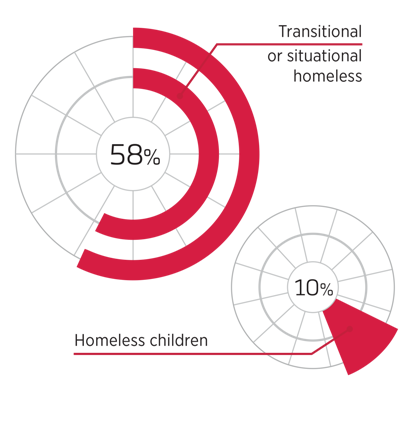
The largest category of the homeless population is the transitional or situational homeless. This group accesses homeless services once or twice in their lifetimes and for short periods—from a few days to a few months. On any given day, it represents approximately 58 percent of all American homeless. We generally do not see these people because they mostly stay in the shadows, embarrassed about their predicaments and not wanting family, friends and associates to know they are receiving help. They are young, middle-aged and senior citizens, and their homelessness results mostly from economic downturns, poor and changing job markets, low and stagnating wages, high rents, the lack of affordable housing and temporary mental health or family problems.
Homeless families with children make up the third group. This is perhaps the most troubling category, representing about 20 percent of homeless people. For families such as Michelle’s in central Florida, the challenges are much different than those for the chronic homeless in urban areas such as New York City, Los Angeles and San Francisco.
San Francisco, California
“Get back!” the disheveled, gaunt man shouted at a passer-by encroaching on his crook, an area created by a curve in the sidewalk, a handrail and the back wall of a public restroom. “This is my place, mine!”
Jonathan Maxwell, a permanent fixture on the streets wedged between the Financial and Castro districts, has been homeless ever since the U.S. Army discharged him 20 years ago for schizophrenia.
“Homelessness is not a disease like cancer or Alzheimer’s where we don’t yet have a cure. We have the cure for homelessness—it’s housing.”
Maxwell and tens of thousands of others like him represent the most vexing and costly category of the homelessness equation: the long-term, drug and alcohol abusing, anti-social and mentally disabled individuals often unwilling to accept help. They disproportionately consume public resources, including 911 first-responder calls, ambulances, emergency room visits, rehabilitation, court appearances, not to mention jail cells.
One group of 37 hardcore homeless people in Osceola County, Florida, was arrested 1,250 times over 10 years, spending 61,815 days incarcerated and costing taxpayers more than $6 million for booking and jail costs and mental health care. In California, it costs more than $60,000 to provide services for a year to the average chronically homeless person.
A 2008 survey by the United States Conference of Mayors asked officials from 25 cities for the top three causes of homelessness. Substance abuse was the single largest cause for single adults. According to the Substance Abuse and Mental Health Services Administration, more than 80 percent have experienced long-term alcohol and/or drug problems.
To some people, Maxwell could be the poster boy for the homeless scourge that San Francisco is forced to endure. To others, he could be an example of a heartless nation that has turned its back on the weak, jobless, homeless and mentally ill.
Asked why he doesn’t accept help, Maxwell responded, “I’m already dead…. If they want me to get into that van over there”—he motions toward the busy street—“and be killed by the CIA … well then, I won’t do it.”
Max was referring to people working for the homeless organization Housing First, a group that is changing the homeless landscape in America.
No one can make Maxwell accept help. He has the right to live his life on the streets. He has been offered help and housing many times, but his paranoia and mental illness preclude him from accepting.
Housing First
The organization most responsible for dramatically reducing chronic homelessness is Housing First, created by homeless counselor Sam Tsemberis. When introduced, it had many critics and skeptics, but within two years the program injected new energy and hope into a moribund process that did not include eliminating homelessness but only containing it.
One editorial writer described Housing First this way: “It is so simple a child could grasp it, so cost-effective fiscal hawks could love it, and so socially progressive liberals could praise it.”
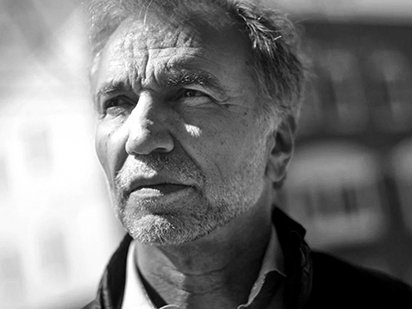
Unlike traditional outreach programs that require alcoholics or drug addicts to beat their addictions before they move into residences, Housing First provides housing with no preconditions. The program finds the hardcore homeless and hands them keys to their new apartments. Residents are allowed to live as they choose, including drinking and doing drugs. The program has shown that giving people a home stabilizes them so they might address the problems created by their addictions, allowing them perhaps to kick those addictions.
Tsemberis came up with the idea for the program when he was working in New York City as a homeless counselor and kept seeing the same people over and over again. He questioned why the current system was failing and wondered what might work better. He kicked around ideas with another counselor and some friends who had formerly been homeless, then Tsemberis developed the program.
In 1997, he applied for and received a $500,000 federal grant, then bought and renovated an apartment complex. He found 139 chronically homeless people on the streets and offered them keys to their new apartments, no questions asked. Those who accepted were immediately housed and offered counseling, and their progress was tracked. Two years later, the retention rate was nearly 85 percent, more than 35 percentage points higher than the next best program. Equally as noteworthy, 30 percent of the participants had kicked their drug or alcohol addictions and were either working or looking for work.
The cost, however, was the most remarkable aspect of the program. Housing people and offering services to them costs nearly 60 percent less than continuing to provide services to them while they’re on the streets.
On his web page, Tsemberis wrote, “Ironically, ending homelessness is actually cheaper than continuing to treat the problem. This not only benefits the people who are homeless; it is healing for the rest of us to live in a more compassionate and just nation. Homelessness is not a disease like cancer or Alzheimer’s where we don’t yet have a cure. We have the cure for homelessness—it’s housing.”
The Housing First model has revolutionized the way cities, states and the federal government view and approach the homeless problem. In state after state, Housing First’s success stories grew. In Salt Lake City, for example, more than 2,000 chronically homeless people lived on the downtown streets in 2007. After Housing First joined forces with local homeless advocacy groups, and federal funding agencies helped purchase a large, sprawling, vacant motel, chronic homelessness there was essentially eradicated. Today, fewer than 200 chronically homeless people live on the street in Salt Lake City, and they are waiting for a new facility to be completed.
Although often lauded, Housing First is not without its critics. Ralph Nunez, president of The Institute of Children, Poverty and Homelessness based in NYC, believes Housing First does not go far enough. Without providing built-in services and support, the program is simply addressing the symptoms rather than the causes of homelessness, such as addiction, domestic violence and a lack of education or job opportunities, he said.
Debi Starnes, Ph.D., a long-time member of the Atlanta city council, said that housing alone won’t change the behavior patterns, illnesses and disabilities that cause chronic homelessness, though housing combined with the full range of supportive services does work.
Housing First has certainly revitalized the fight to end homelessness in America, leading other new programs to take root and older ones to be reconfigured. In late 2015, New York City Mayor Bill de Blasio released a $2.6 billion, 15-year plan to create 15,000 housing units that will include social services for veterans, mentally disabled people and others needing help, according to The New York Times.
Phoenix Arizona
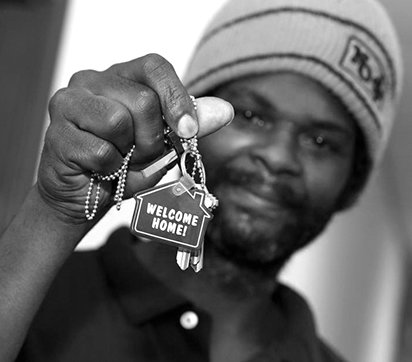
Carlos Young’s boss at McDonald’s pegged the handsome young man as management material early on. The problem is, however, that Young, age 20, is homeless.
“It’s hard to stay positive,” he admitted, standing behind the restaurant while on break. Young, like other transitional or situational homeless people who can’t make ends meet because of low-wage jobs and high rents, struggles with self-esteem issues. “Only losers end up homeless,” he said.
“Two months ago I had an apartment, and now I’m homeless. This is the third time in the last year. I’m like, totally giving up,” he said.
When his parents divorced, he was angry and ended up estranged from both of them. The family home was sold, and because he had no marketable skills, when the bills piled up and his roommate decided to move home, Young had nowhere to go. He slept in his car, camped in the woods and stayed with friends. Then he ended up at the local homeless shelter.
Young was in luck that night, though. An old friend from high school, now a freshman at Arizona State, stopped by and offered Young a couch for the next few days while his parents were away.
“For a young person, having an extended period of homelessness is really going to relegate them to a bleaker future.”
Couch surfing—crashing at a friend’s or a relative’s house—is classified as a kind of homelessness. It is how tens of thousands of situational homeless people manage to get by.
According to Beven Duffy, director of HOPE (Housing Opportunity Partnership and Engagement), “For a young person, having an extended period of homelessness is really going to relegate them to a bleaker future.”
A week later, Young wound up at Phoenix’s Homeward Bound Resource Center downtown, which provides a safe place to sleep and resources like a dental and medical clinic. The staff helps people with job training and finding permanent affordable housing.
Across the country
Not-for-profit, faith-based and community organizations are collaborating with local, state and federal agencies to increase temporary housing and offer services such as food, clothing, bedding, toiletries, job training and educational counseling to people whose homelessness is situational or transitional.
In response to the homeless epidemic, in 2014 the federal government launched, Opening Doors: Federal Strategic Plan to Prevent and End Homelessness. Modeled in part on Housing First, the program is slated to create 100,000 homes for the homeless over the next five years. It increased U.S. Department of Housing and Urban Development’s (HUD’s) low-income housing budget by 12 percent over the previous year, and its goals include ending homelessness for veterans this year, ending chronic homelessness in 2017, and ending homelessness for youths and for families with children in 2020.
Working with private developers and other stakeholders, Opening Doors supports rental housing subsidies with federal, state, local and private resources. It is expanding the supply of affordable rental housing where needed, offering rental assistance and funding the National Housing Trust Fund. It encourages developers to build low-income housing by awarding low-income housing tax credits.
Osceola, Florida
It was a big day for Michelle. She, Jason and Teresa were moving into their new apartment, located in a modest, safe and quiet neighborhood outside of Celebration, Florida.
Michelle had another reason to be happy too. “Straight A’s!” she exclaimed proudly, adding: “I am now on the honor roll!” She held her arms out and turned in circles in her new living room.
“I am so happy right now! We have a home! Mom got a good job with insurance, and we are all together.”
To find housing for homeless families across the country will take many years and a lot of effort, but the process has begun. Today, homeless organizations, religious groups, philanthropic foundations, local and state governments, federal funding agencies and even corporate America are working together to address the problem.
In fact, a coalition of homeless resources including Westgate Resorts, a hotel and hospitality corporation, was responsible for helping Teresa find a good job and securing a new apartment for her and her family. This public and private partnership is one of the newest collaborations to join the homelessness battle.
In 2012, Mark Waltrip, Chief Operating Officer of Westgate Resorts in Orlando, became involved in the homeless family dilemma after learning how many homeless children were living in rundown motels along the Highway 192 corridor.
Acknowledging it has a vested interest in creating an attractive and safe environment for its clientele, Westgate initially helped a handful of homeless families find housing and jobs, but Waltrip saw the potential of what could be done.
“We started meeting and aligning with other corporations, government agencies, faith-based organizations, nonprofits and individuals to coordinate the many resources that already exist,” Waltrip said, adding: “This effort has evolved into a private-public partnership called Hospitality Helps that is being spearheaded by the hospitality industry to help Central Florida families transition out of homelessness.”
Evan Smith, project manager at the Central Florida Commission on Homelessness, echoed the view of a growing number of experts and activists: “I do not believe there will ever be a day when no one in this country is homeless. But what I am confident will happen is that our response to the issue of homelessness will be so effective that any instance of housing instability will be rare, brief and one-time.”
As for Michelle, it was precisely her homelessness that instilled in her a desire to be part of the solution.
“I see homeless people so differently now,” she said. “Before I just thought they were ugly and stupid, but now I know that no one wants to be homeless—there are so many people who need help.” When she goes to college, she added, she wants to be a counselor or “someone who can help people in need.”
